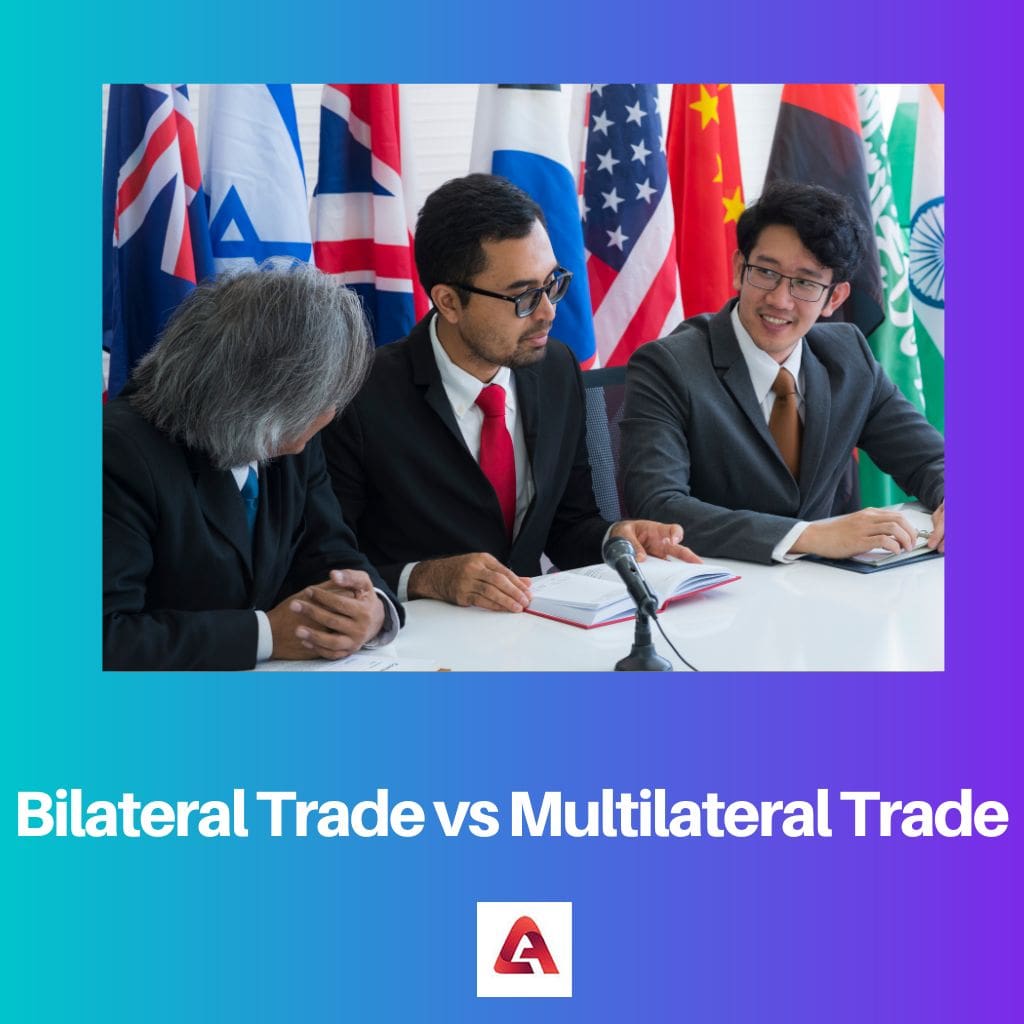Bilateral trade is a trade between two states. It is based on bilateral deals between governments. Here, there is no need to use currency to make a payment. Bilateral trade keeps trade shortages to a Min. by retaining a clearing account. Here the shortage will be gathered.
Multilateral trade is trade between several countries that do not require a bilateral balancing of settlements. The important thing here is not to jump to conclusions about the market’s future direction while observing the chart. Even if a trader is virtually certain of how events will unfold, the possibility of an alternative scenario cannot be ruled out 100%. The market can start moving in either direction, and the trader’s task is to let the price movement inform about its direction.
To use the strategy effectively, the trader needs
- Clearly defined resistance and support levels.
- A defined ratio of profit to risk on both sides.
- Clearly defined price points.
- A situation that allows trading in either direction.
The majority of participants in the market concentrate on one side, and the income is received at the realization of transactions in a direction opposite to the obvious.
Key Takeaways
- Bilateral trade involves transactions between two countries, promoting stronger ties and simpler negotiations.
- Multilateral trade involves transactions among multiple countries, fostering global cooperation and economic integration.
- Both bilateral and multilateral trade contributes to economic growth, but multilateral trade can offer more opportunities and greater market access.

Bilateral Trade vs Multilateral Trade
Bilateral trade is the exchange and business of merchandise and services between two countries. Multilateral trade, a huge business and exchange of ware and merchandise between more than two countries, involves agreements between many countries.
Comparison Table
| Parameters of Comparison | Bilateral trade | Multilateral trade |
|---|---|---|
| Meaning | Bilateral trade trades in goods and services between two countries. | Multilateral trade is trade in goods and services between several countries. |
| Concept | Participating countries exchange goods and services with each other on a preferential basis on the basis of agreement | Refers to a trade agreement that is concluded between several states to buy from each other and/or sell to each other on a pre-emptive basis |
| Encourages | Economic cooperation between the two countries. | Globalization unites many countries of the world. |
| Negotiations | There must be separate one-on-one negotiations with different countries. | It is possible to negotiate with many countries together. |
| Nature of trade | Complementary | Supplementary |
What is Bilateral Trade?
To begin with, it is worth understanding what two-way trading is – it is trading that allows you to simultaneously open sell and buy orders on the same currency pair. Bilateral trade conducted by two states between themselves, as a rule, is carried out according to intergovernmental agreements, which imply that one party transfers to its partner a certain quantity or value of goods for export and, in return, under the contract, receives a quantity or value of imports from this partner.
The main purpose of bilateral trade is to develop a gate between the two countries and lead to economic growth.

What is Multilateral Trade?
Multilateral trade is trade operations that take place between different countries. A prerequisite for multilateral trade is the mutual convertibility of currencies. If one state’s currency can be converted into the currency of another, then trade can take place without problems. Economists point out that it is not necessary to concentrate all trade operations between two or three countries, they can be distributed among countless states.
International or multilateral trade arose out of the need to exchange goods, the ability to convert currencies made it possible to trade without prejudice to either party.
Multilateral trade strengthens relations between different states: if several countries trade with each other, they will strive not to violate agreements and to compromise in difficult situations in order to maintain the economy at a constant level.
Main Differences Between Bilateral Trade and Multilateral Trade
Bilateral Trade
- The Bilateral trade agreement will promote trade and commerce in the countries.
- Bilateral trade removes trade barriers such as tariffs, import quotas, and export restrictions to stimulate trade and investment.
- The main benefit of bilateral trade agreements is the expansion of a country’s market for goods through negotiated negotiations between the two countries.
- Bilateral trade agreements can also lead to the closure of smaller companies unable to compete with large multinationals.
- Bilateral trade agreements are easier to conclude because only two countries are parties to the agreement.
Multilateral Trade
- Multilateral trade agreements involve three or more countries without discrimination among them.
- Multilateral trade refers to a trade agreement that is concluded between several states to buy from each other and/or sell to each other on a pre-emptive basis
- Multilateral trade promotes trade in member countries, allowing them to take advantage of low tariffs.
- Multilateral trade standardizes trade rules for all participants.
- Multilateral trade develops emerging markets, which leads to the development of the economy over a period of time.



